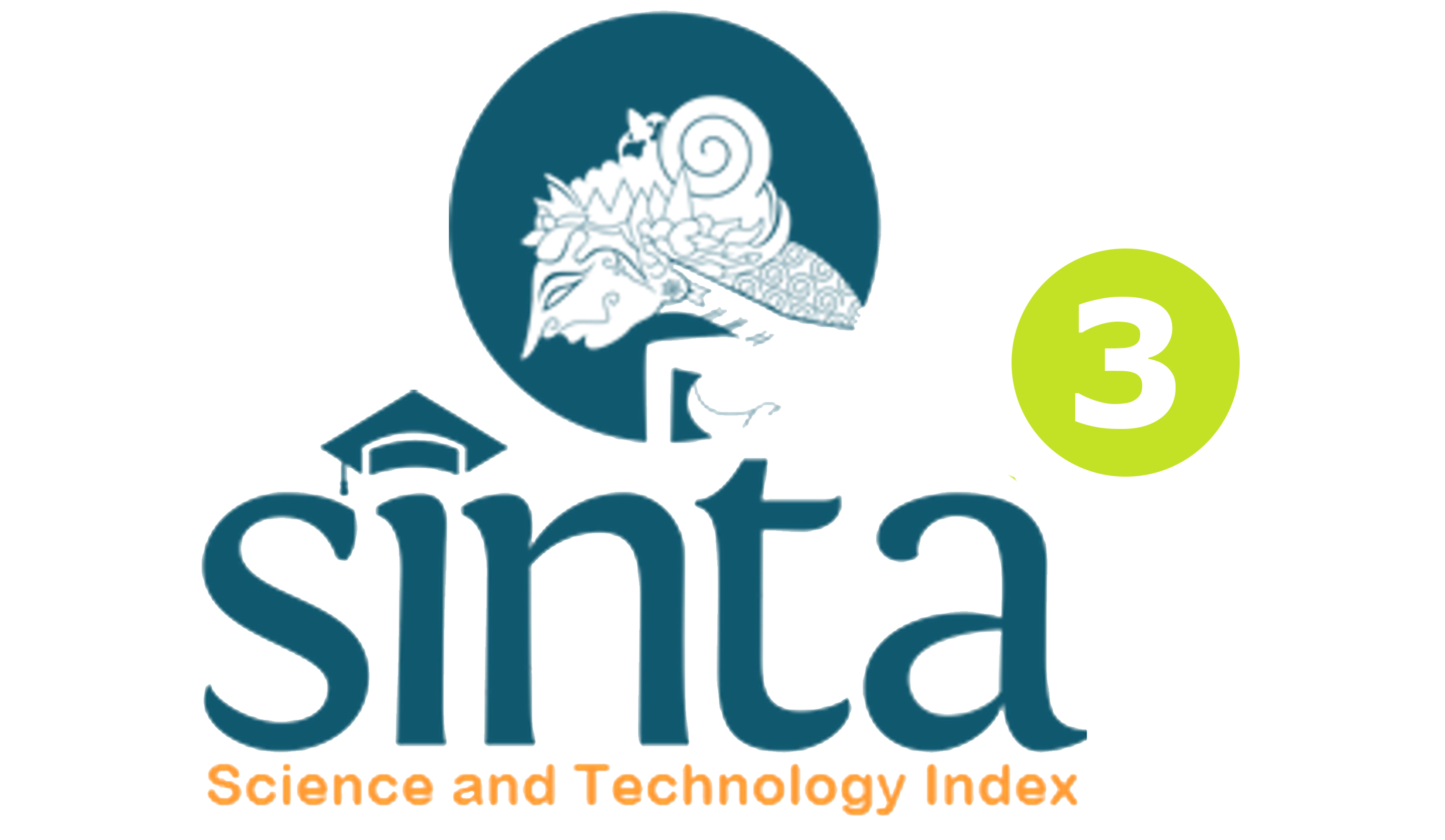PENERAPAN TEORI KARIR GINZBERG DENGAN TEKNIK MODELING UNTUK MENINGKATKAN KOMITMEN KARIR PADA SISWA KELAS XIA AKUNTANSI SMK NEGERI 1 SINGARAJA
DOI:
https://doi.org/10.23887/jibk.v2i1.3676Abstract
Tujuan penelitian ini untuk mengetahui peningkatan komitmen karir siswa setelah diberikan konseling karir Ginzberg dengan teknik modeling pada siswa kelas XIA Akuntansi SMK Negeri 1 Singaraja. Penelitian ini adalah penelitian tindakan bimbingan konseling (Action Research in Counseling). Subjek penelitian ini adalah siswa kelas XIA Akuntansi SMK Negeri 1 Singaraja yang memiliki komitmen karir rendah. Metode pengumpulan data yang digunakan adalah kuesioner, observasi, dan buku harian. Penelitian ini dilaksanakan bersiklus sampai target keberhasilan tercapai dan setiap siklus terdiri dari identifikasi, diagnosa, prognosa, konseling, evaluasi, dan refleksi. Berdasarkan hasil analisis data skor awal diketahui bahwa dari 40 siswa terdapat 9 siswa yang memiliki komitmen karir rendah. Kesembilan siswa ini akan ditindak lanjuti pada penelitian siklus I dan II. Hasil penelitian menunjukkan terjadi peningkatan komitmen karir siswa. Peningkatan persentase komitmen karir siswa dari data awal rata-rata 78,28% menjadi 80,38 % pada siklus I dan dari siklus I rata-rata 80,38 % menjadi 87,13 % pada siklus II. Persentase peningkatan rata-rata dari data awal ke siklus I sebesar 3,12 % dan dari siklus I ke siklus II sebesar 8,99%. Hal ini berarti penerapan teori karir Ginzberg dengan teknik modeling dapat meningkatkan komitmen karir pada siswa kelas XIA Akuntansi SMK Negeri 1 Singaraja.Kata Kunci : teori karir Ginzberg, teknik modeling, komitmen karir
The purpose of this research was determined the improvement of student’s career commitment class XI A Akuntansi SMK Negeri 1 Singaraja after given Ginzberg’s career counseling with modeling technique. This research was an action research in counseling. The subject of this research was students of XI A Akuntansi that have less carrier commitment. Data collected methods that used of this research was questionnaire, observation, and log sheet. This research was designed in cycles until the achievement target was reached and every cycles contains identification, diagnosis, prognosis, counseling/treatment, evaluation, and reflection. Based on data analyzed of beginning condition known that from 40 students found nine students that have less career commitment. That nine students would follow-up on cycle I and cycle II. The result of this research show the improvement of student’s career commitment. The improvement of student’s carrier commitment from average 78,28% in beginning condition to 80,38% in first cycle and from average 80,38% in first cycle to 87,13% in second cycle. The average improvement percentage from beginning condition to first cycle was 3,12% and from first cycle to second cycle was 8,99%. This condition show that implementation of Ginzberg’s carrier theory with modeling technique able to increase the student’s career commitment of XI A Akuntansi at SMK Negeri 1 Singaraja.
keyword : Ginzberg’s career theory, modeling technique, career commitment
Downloads
Published
Issue
Section
License
Jurnal Ilmiah Bimbingan Konseling Undiksha is an Open Access Journal. The authors who publish the manuscript in this journal agree to the following terms:
JIBK is licensed under a Creative Commons Attribution 4.0 International License. This permits anyone to copy, redistribute, remix, transmit and adapt the work provided the original work and source is appropriately cited.
This means:
Jurnal Ilmiah Bimbingan Konseling is licensed under a Creative Commons Attribution 4.0 International License.
(1) Under the CC-BY license, authors retain ownership of the copyright for their article, but authors grant others permission to use the content of publications in JIBK in whole or in part provided that the original work is properly cited. Users (redistributors) of JIBK are required to cite the original source, including the author's names, JIBK as the initial source of publication, year of publication, volume number, issue, and Digital Object Identifier (DOI); (2) The authors are the copyright owner of the article, and the author grants the JIBK held the first publication right.









.png)

.jpg)
